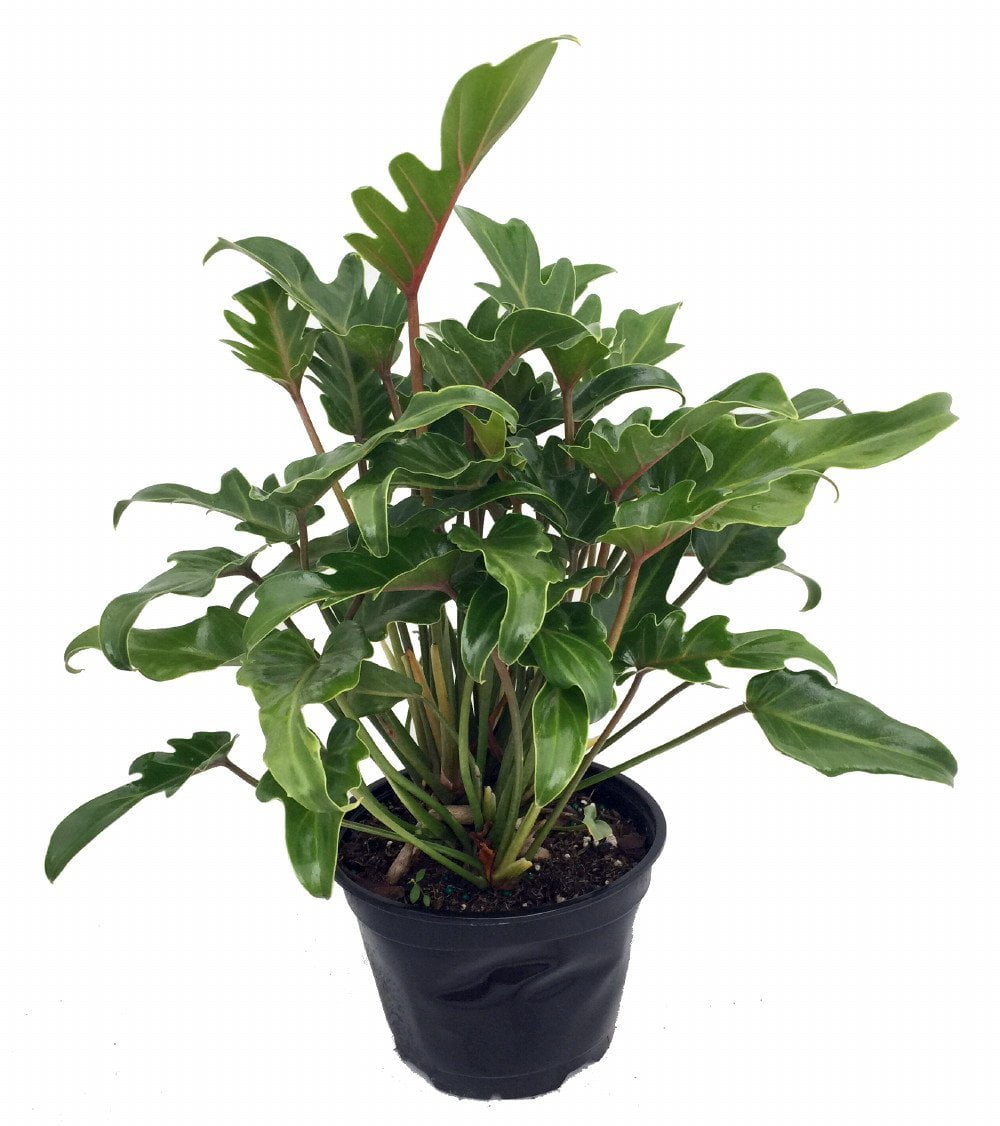

Now that the patent has expired, this plant is available for propagation to anyone who wishes to without legal restraint. The Winterbourns were sharp in spotting this plant and taking action to protect their interest in it with a plant patent. It is a durable plant that does not grow too large, yet still retains some of the look of the much larger "P. I have little difficulty in imagining that somewhere in the genetic lineage of this plant might be found that other plant I remember with the dark wine-red spathes.Īs things turned out, Philodendron 'Xanadu' became a big success in the horticultural scene. However, the seedling I obtained and grew to maturity produced inflorescences with salmon-colored spathes! This indicated to me that the seed was of hybrid origin, even if the parentage was unknown to the person who harvested the seed. The seed was purportedly collected from a rare species of Philodendron, but in fact the seedlings came out looking much like the more common "P. Once I had the opportunity to obtain a plant from a group grown of seed obtained from Brazil. This plant, I suspect, is in the lineage that gave rise to Philodendron 'Xanadu'.

selloum", but which has a larger growth habit and a dark reddish spathe. However, I have seen a plant that does look much like "P. "Philodendron selloum" has green spathes with white or creamy interiors. 'Xanadu' has, and which I don't normally see in plants marketed as "Philodendron selloum", is dark red or wine-red spathes on the inflorescences (see photo at left). As a hybridizer of plants within this group of Philodendron species, I am quite familiar with the morphological types present in the group as well as characteristics of true species within the group. These plants are also known as the "tree Philodendrons" because they develop a heavy stem that can be thought of as a trunk, unlike other vining Philodendron species. Philodendron 'Xanadu' is a member of a group of Philodendron plants known as the Meconostigma group. selloum" seeds indicate hybridity, not specificity. Based on my experience with these plants, the diversity of leaf shapes and margins, the variety of plant sizes and the morphological types that arise from a batch of "P.

The description supplied in the patent documents is vague because "Philodendron selloum", as it is known in the trade, should be understood as a name to describe a wide range of similar plants, many or most which are of uncertain hybrid origins. Since the Winterbourns were in Australia, one can infer that the seeds in question were germinated in Australia. In the patent documents, the plant is described as "having been grown from a seed found in a collection of seeds from the Philodendron selloum". This plant, which was granted United States Plant Patent 7030 (PP07030), September 12, 1989, was known originally as Philodendron "Winterbourn", after Veronica and Barry Winterbourn, the inventors of record for the plant. Philodendron 'Xanadu' is a plant that came into being from just such an occurrence. In my recent article, Unexpected surprises from your seedling tray, I introduced you to the possibility of finding an unusual variation, or sport, of the plants you were expecting to see germinating from the seeds you sowed. Your comments are welcome, but please be aware that authors of previously published articles may not be able to respond to your questions.) (Editor's Note: This article was originally published on August 11, 2008.


 0 kommentar(er)
0 kommentar(er)
